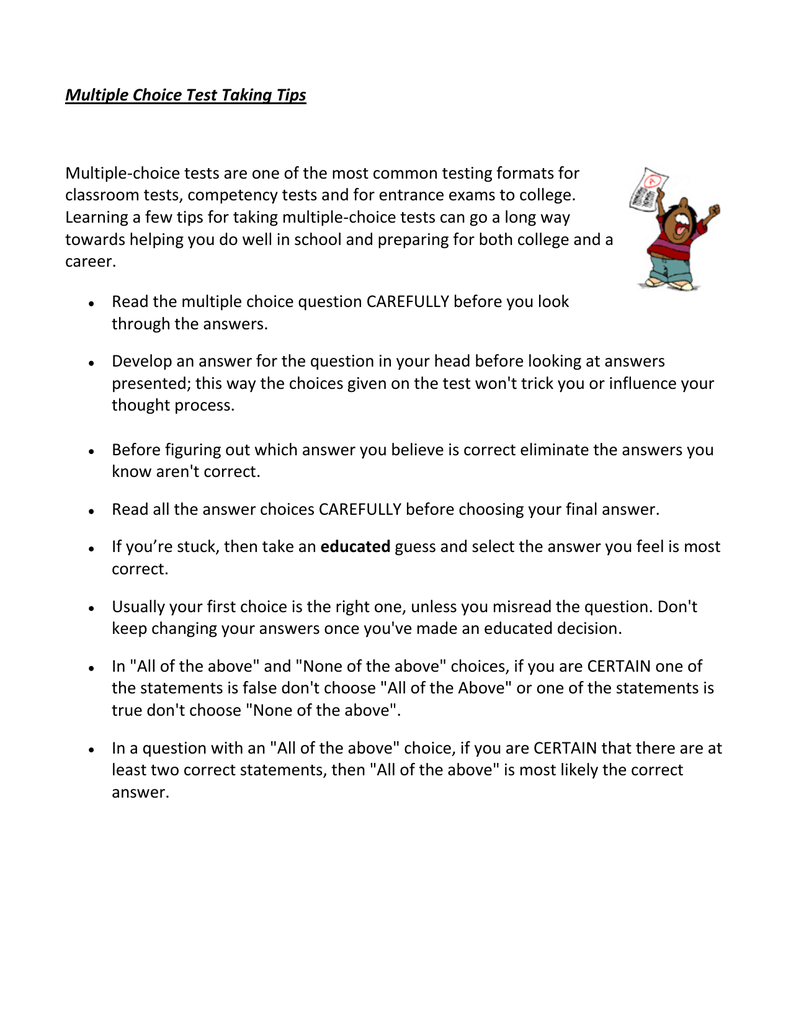
#Activity to test proloquo to go competenfe series
In a series of three papers, Lund and Light (2006, 2007 a, b) were the first to document wide-reaching, long-term adult outcomes following AAC interventions for seven adult males with cerebral palsy (aged 19 – 23) who had used AAC systems for at least 15 years. Other studies have used retrospective longitudinal analyses to look at outcomes for adult AAC users ( Hamm & Mirenda, 2006 Hunt-Berg, 2005 Koppenhaver et al., 1991 Lund & Light, 2006, 2007a, 2007b). Several group studies also have used longitudinal designs to investigate intrinsic and extrinsic factors that predicted a range of outcomes for children who use or may benefit from AAC interventions ( Barker et al., 2013 Brady et al., 2013 Dahlgren Sandberg, 2001 Medeiros et al., 2016 Udwin, 1990) including youth with developmental disabilities ( Romski et al.,1994). Longitudinal case studies indicate that AAC has facilitated communication development over time in children of various ages and with a range of etiologies (e.g., Adamson & Dunbar, 1991 Blischak, 1995 Goossens’, 1989 Letto et al. The purpose of this report is to characterize the evolution of AAC intervention and communication development from toddler to teen through the case of a young man with intellectual and developmental disability. Yet, despite technological advancements and progress in the field of AAC, there is minimal longitudinal research that describes long-term outcomes for AAC users. Children growing up in the digital age have access to information and technology (including assistive technologies) unlike any previous generation. The proliferation of smart devices and mobile technologies (e.g., smartphones, smartwatches, tablets) and AAC applications has made AAC more accessible through decreased costs and increased social acceptance ( McNaughton & Light, 2013 Shane et al., 2012). Some of these trends include increased access to mobile technologies as communication supports, increased options for communication supports, and increased expectations for participation and engagement by individuals who use AAC ( Light et al., 2019).

Researchers have moved from describing individual successes in AAC to understanding broader trends ( Romski et al., 2015). The field of augmentative and alternative communication (AAC) has evolved substantially over the last 30 years. Despite communicative challenges, the participant leveraged advances in AAC technology to develop communicative competence and creatively used his smart devices and the Internet to interact with friends both online and in person. Data from a parent interview provides a narrative description of AAC device use, AAC interventions, and school and family environments. In general, results from standardized assessments show growth or stability across domains from ages 2 to 15. It documents the participant’s development across language, cognitive, and social domains from ages 2- to 15-years-old, and explores how changes in AAC technology and contextual factors contributed to broad-based outcomes associated with AAC use.


This study provides a detailed description of an adolescent growing up in the digital age using augmentative and alternative communication (AAC). Smart technology (e.g., smartphones, smartwatches, tablets) and the age of information have transformed our society and changed the lives of individuals who rely on assistive technology.


 0 kommentar(er)
0 kommentar(er)
